Our travel from the capital to the famous “Terracotta Warriors” in Xi’an lead us through the historic heart-land of China, where you can experience the Middle-Kingdom as you would draw it in a postcard. The pictures at the end say it all, but they may be better comprehensible with a few explanations. Our first station were the “Yungang Caves”, a Buddhist holy site built around 500 AD under the rule of Turk speaking Chinese emperors. A lot of the once 51000 statues in 45 caves can still be seen, revealing some Indian, Persian and even Greek influence. Also without this knowledge of history of art they are simply beautiful and astonishingly huge. In the same period the temples in “Heng Shan” were constructed masterly on the mountainside. Standing on the balconies, we really understood why this area is sacred and even one of the “Five Great Mountains of Taoism” – we could imagine how the monks woke up, walked out of the door and were overwhelmed by the view over the valley. Other constructors in China had seen those temples not only as a beauty but also as a challenge. This is probably the reason why 10 km further you can find the “Hanging Monastery”. To be honest, it would have been nice to know in advance that the tiny wooden pillars are NOT for supporting the construction but just for decoration. Actually the bridge is stabilized by beams anchored in the stone. Nevertheless, this way it was not a comfortable feeling realizing that the wood is rotten and the pillars are shaky! At the end of the day, we had a short stop at the oldest and highest (67 m) wooden pagoda in the world, located at Fogong Temple in Muta. Moreover, this temple is supposed to contain some of the surprisingly many bones of Buddha, which may even exceed the amount of fragments of Jesus’ cross ….
The next destination was Pingyao (where we had a great hostel in a beautiful old house), the best preserved medieval town in whole China. Walking through the old streets is really nice but the historic center is a bit too touristy. Fortunately there are some great spots around the city. Two hours by bus away we visited “Wang Family Compound”. Until ~100 years ago a very rich Chinese family lived in this city-like place, which nowadays is a popular location for films. Nearby there is a 1400 years old underground castle with at that time more than 10 km of tunnels. But what was even more fascinating was the Zhangbi village. Here time literally seems to have stopped, or at least to go very slow. People are still living in simple mud-houses of up to 800 years of age. You see bikes, mopeds and donkeys in the streets, and the inhabitants practise agriculture like in the past, even though air and land are heavily polluted. Seeing how hundreds of millions of Chinese are still living was extremely valuable, giving us a big contrast to what we had seen before.
As a hub for visiting the destinations, we stayed in Datong, a city with a bit more than one million inhabitants. Prefabs spread around the town like an contagious disease, creating a cold and sterile atmosphere. However, again there are big parks and in some busy streets street vendors give life to the city. There is one pedestrian zone with nice traditional houses, but every shop and even restaurants close before 8 pm.
The most important and interesting experience we did not make by sightseeing. In “Datong Youth Hostel” we met a group of 4 Chinese economy students, who were able and keen to speak English (and as many others put themselves English names like Dexter or Penny). Since they had the same attitude towards travelling independently like Wu Jiqing and us, we decided to spend the 4 days together. They were so wonderful people, interested, relaxed, humorous and open-minded and we discussed many different topics. By talking about our prejudices we learned a lot about each other’s culture. If the whole Chinese generation is like this, we cannot wait for them to rule the country! And thank to them we also discovered again lots of new typical dishes from the area. Shanxi province is famous for its noodles and each town has its own recipe to prepare them. For instance, in Pingyao they have “Steamed Mountain Wheat Noodles”, handmade like everywhere. But of course you’ll also find some unexpected dishes like beef in vanilla leaves, sweet fried corn or “mantou” which is like the German “Hefeklöße”. In the north of China, this is the standard food used as bread, whereas in the south it is rice.
To conclude this story: We now know why the Chinese travel through their country for tasting the local dishes. This is simply an incredibly good idea.
Or as alternative moral: We now know why the Chinese Buddha is represented so fat and hope we won’t become as heavy as him so fast, because we are already as relaxed.
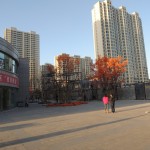
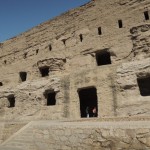
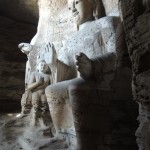
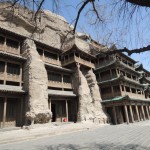
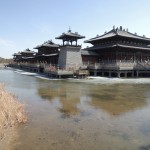
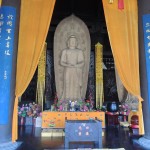
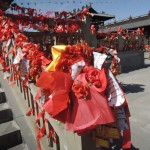
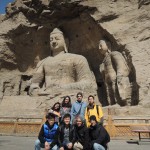
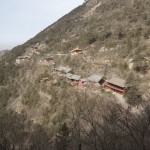
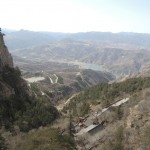
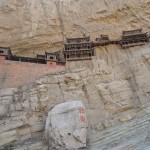
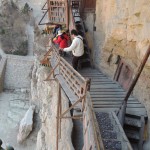
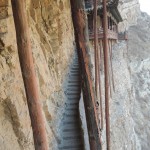
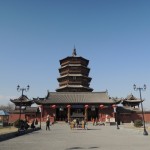
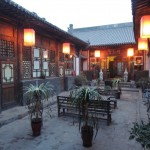
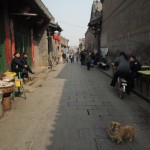
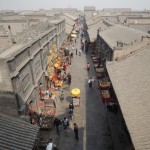
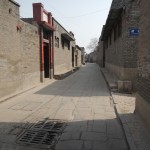
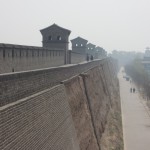
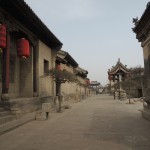
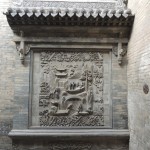
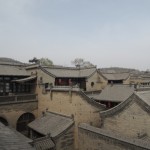
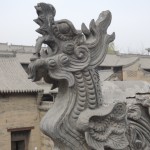
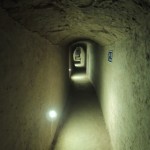
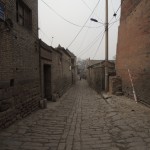
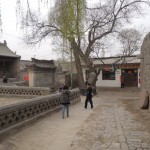
Je reprends seulement aujourd’hui ma lecture
Désolée Thomas de t’avoir abandonné!
Quand j’ai reçu ta carte des iles TONGA la semaine dernière qui trone à coté de celle de Stockolm de Marie j’ai eu un peu honte de mon silence!!
Comment trouves tu la Chine ? as tu eu des difficultés pour y entrer(visa?)
y a t il autant de pollution et d’infrastructures désordonnées comme on le croit,? Te déplaces tu facilement? J’ y suis allée 4 semaines en aout 1985 et c’était vraiment galère à l’époque. A part la grande muraille, je n’en ai pas gardé un souvenir ému….
En ce moment Cécile a rejoint Marie en Finlande et nous 3 partirons la voir fin avril!
Où sera tu pour ton anniversaire?
jE TE FAIS DE GROS BISOUS
BIS BALD
avant que j’oublie d’ici demain et comme j’y pense aujourd’hui je te souhaite un joyeux anniversaire!!!
Mais où donc est tu?
Grosses bises
PS/nous 3 on part en Finlande 8 jours samedi 20/4 pour voir Marie
I have a new name:Penny~=.,=hah~~~I’ve never experienced a trip which is more wonderful than it. Hope we can meet again. Maybe in Europe~
BTW, Is 17th April ur birthday??
Happy Birthday!!!